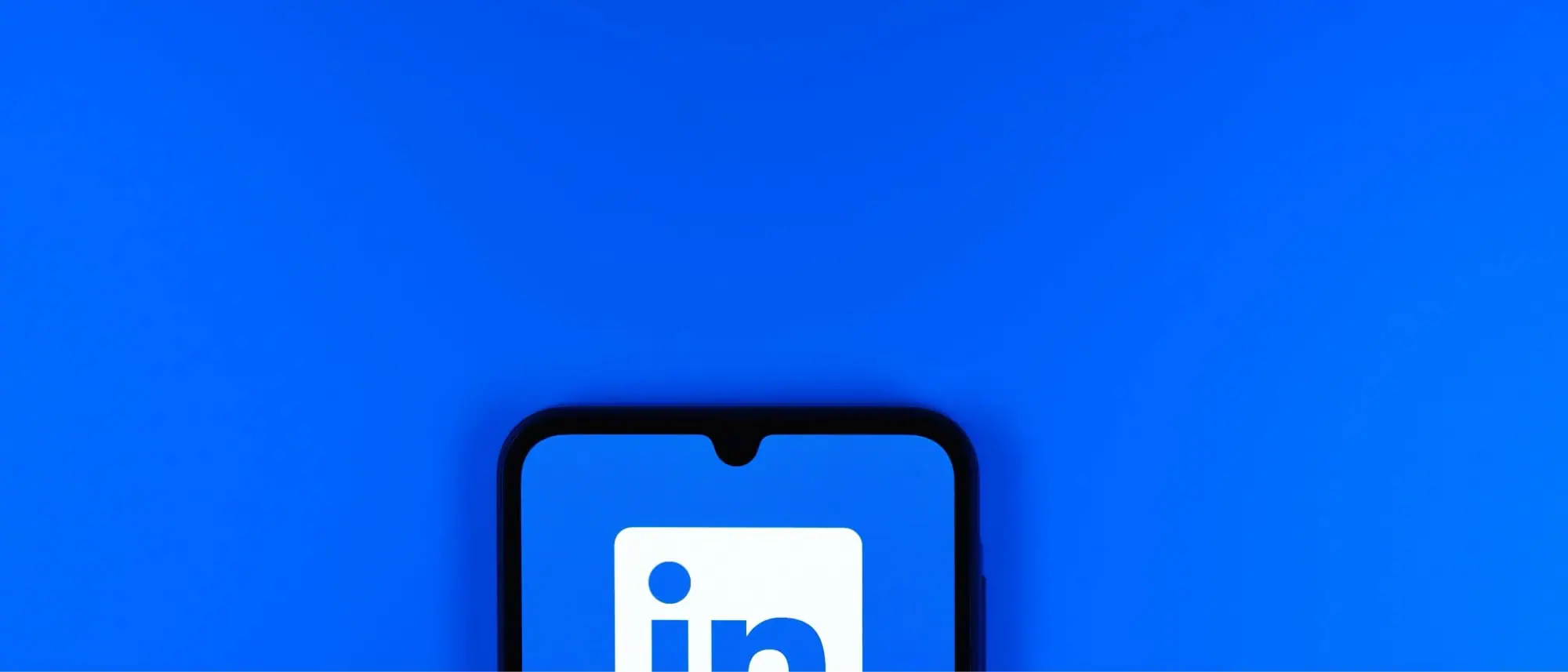What Today’s LinkedIn Influencers Can Teach About Successful B2B Influencer Campaigns
What Today’s LinkedIn Influencers Can Teach About Successful B2B Influencer Campaigns

There’s a misperception across marketing and communications that LinkedIn influencers are a new phenomenon, emerging when executives began posting short form videos, employees published newsletters, and celebrities like T-Pain and Arnold Schwarzenegger suddenly found their voice on the platform. The truth is that LinkedIn influencers have always existed – you just didn’t recognize them as such.
Still, the way that “Linkfluence” has evolved very recently has tangible lessons for people who want to build up a meaningful presence on the platform – and who want to use their position to drive business results.
In the early days of LinkedIn — what we refer to at Everywhere Agency as the “Networker Era” — the platform was essentially a digital résumé and recruiting tool. The most influential users weren’t creators or even executives. They were HR professionals, recruiters, and hiring leads. Influence was at that time measured by your title, network size, and proximity to decision-makers who could offer jobs. Engagement was minimal and, in some ways, transactional. But even in that form, the power dynamic was clear: the people who could open doors — literally and professionally — were considered the influencers.
That changed in the early 2010s when LinkedIn launched its publishing platform and editorial arm. Suddenly, professionals weren’t just listing their credentials — they were sharing their unique perspectives to build followers. This was the beginning of what we call the “Thought Leader Era.” Long-form posts, often underpinned by career experience and industry insight, added depth and trust to professional profiles. LinkedIn News further legitimized this content by curating and highlighting thought leadership at scale. Influence was no longer derived from one’s position, but instead from one’s point of view.
Then came the “Executive Eminence” phase. From 2015 to 2018, we saw CEOs and senior leaders start treating LinkedIn as a brand storytelling platform. Many were supported by ghostwriters or content strategists. They posted more frequently, used visuals and short updates, and used the platform to humanize their leadership. This wasn’t about vanity — it was, and is, about credibility. According to LinkedIn’s latest B2B creator report, content from senior business leaders now generates 4x more engagement than the average post, a clear signal that audiences are paying attention when the C-suite speaks with authenticity.
By 2019, influence on LinkedIn evolved again. The platform saw a surge in personal storytelling — not just from execs, but from employees, entrepreneurs, and subject matter experts who carved out their own niche. We call this the “Hybrid Influencer Takeover.” People began blending vulnerability with expertise. Posts about career failures, day-in-the-life insights, and workplace reflections began outperforming corporate press releases. New tools like polls, newsletters, and video gave creators the ability to build deeper engagement and richer narratives.
Audiences responded. Today, 79% of B2B buyers engage with creator content at least monthly, and 82% say it influences their decision-making according to LinkedIn’s new B2B Creator Economy Report.
That brings us to the moment we’re in now — the “Creator Era.” No doubt to some people’s surprise, LinkedIn has fully embraced the creator economy. Video uploads have surged 34% year-over-year, and 63% of buyers now say video specifically influences their purchasing decisions. Tools like BrandLink and Thought Leader Ads allow marketers to amplify creator content in more targeted and measurable ways. And these ad formats deliver results: 252% higher click-through rates, 48% higher form completion, and a 23% drop in cost per lead when compared to traditional ad types, according to LinkedIn. The performance data is no longer anecdotal – creator content is producing significant, measurable results.
And the definition of a LinkedIn influencer? That’s expanded too. It’s not just executives or analysts anymore. It’s employees, clients, and creators who have built trust through credibility and consistency. It’s cultural icons like Snoop Dogg using the platform to share leadership insights instead of music clips. As LinkedIn’s own survey data confirms, buyers today value input from industry experts (55%), analysts (43%), customers (33%), and employees (29%). Influence now comes from every layer of the professional ecosystem — not just the top.
So where is all of this heading?
At Everywhere Agency, we believe the next chapter of LinkedIn influence will be defined by two things: convergence and creativity. First, we’ll see a convergence of internal and external influence — where companies build networks of employee voices that work in tandem with industry creators to build always-on trust. Second, creativity will become the key differentiator. As content fatigue sets in across traditional B2B channels, the creators who win on LinkedIn will be the ones who show up consistently, experiment with formats, and balance insight with personality.
Ultimately, LinkedIn isn’t just a platform for professional storytelling anymore — it’s the beating heart of modern B2B influence. Marketers who understand its past, appreciate its evolution, and invest in its creator future won’t just capture attention. They’ll drive results and decision-making.
Remember: on LinkedIn, influence isn’t new. It’s just finally getting the recognition — and results — it deserves.
Thoughts? Let’s chat: